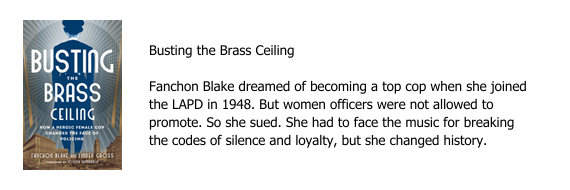Like an ambush predator, I’ve been sneaking up on that novel I’ve wanted to write for so long in the hopes of finally creating a story that works.
I’m starting to talk about it with friends I met decades ago in the High Sierra town that will be the novel’s setting, and to tap their memories and stories while I’m at it.
I’ve called the town’s fire chief who used to be the county sheriff to find out whether there are any records related to the real-life events that I’ll fictionalize and include in the novel.
I’m talking out the plot and character options with one of my closest friends during the road trips we take together.
And I’m still eyeing that manuscript I wrote so long ago, it doesn’t have any of the working titles I’ve been noodling for the last thirty or more years.
Before I re-read that draft, however, I want to make sure I’ve nailed a broad-strokes outline for the novel that’s slowly taking shape in my brain so I can create a story that works. Like a number of my writing coach clients who write fiction, I like the idea of having just enough of an outline to know where I’m going, but not one so detailed that I can’t indulge in a fair amount of pantsing (writing by the seat of your pants). I love the idea that during the creative process, the story—along with the characters the writer creates—will often dictate what needs to happen.
Now that I’m converging on my novel, a few terrific resources are showing up, which often seems to happen when we’re paying attention. My favorite is a 2016 article titled “The 7 Critical Elements of a Great Book” by Amanda Patterson, a former creative writing instructor who appraised many manuscripts over the years. “Appraising a writer’s unpublished manuscript can be difficult, but it became easier when I broke it down into what readers and publishers look for when they read,” she explains at the beginning of the piece. “The key to making it easier was thinking about the market. What are the elements of a great book? What works? What sells and what doesn’t? Why doesn’t it sell?”
The article then delineates the seven elements of good novel writing, which she would use to see if the story was working. I’ve condensed each element just to provide a sense of what’s covered:
- Plot – Does the novel have one? Is the goal robust enough to drive the characters for 80,000 words? Is the inciting moment that “turns the protpside down in a negative way” introduced early enough? Has the right kind of conflict been introduced?
- Characters – Are they and their motivations believable and do we care about them? Have they been portrayed as authentic individuals?
- Viewpoint – Does it work? If there’s a narrator, does that work?
- Dialogue – Is there enough? Does it serve a purpose (reveal something about the character, advance the story, add conflict)? Is it appropriate for the characters and do they have distinct voices? Is there body languge to go along with speech? And do the speech tags work?
- Pacing – Does it work and does it fit the genre?
- Style – Does the writer have their own voice and is that engaging? Do the writing and storytelling work? Is the tone appropriate?
- Beginning, Middle & End – Does the story start with a great hook, keep the reader engaged by upping the ante in the middle, and deliver on its promise by the end, while completing the story and character arcs.
As I mentioned above, my potboiled version of the seven elements really doesn’t do them justice, so I would urge you to check out Patterson’s article for yourself. In the meantime, I’ve printed out my copy and will use that to help me nail that broad strokes outline I’m determined to tackle this summer.
I excited! I haven’t felt that way about this project in a very long time. Here’s to writing a story that works!




















0 Comments